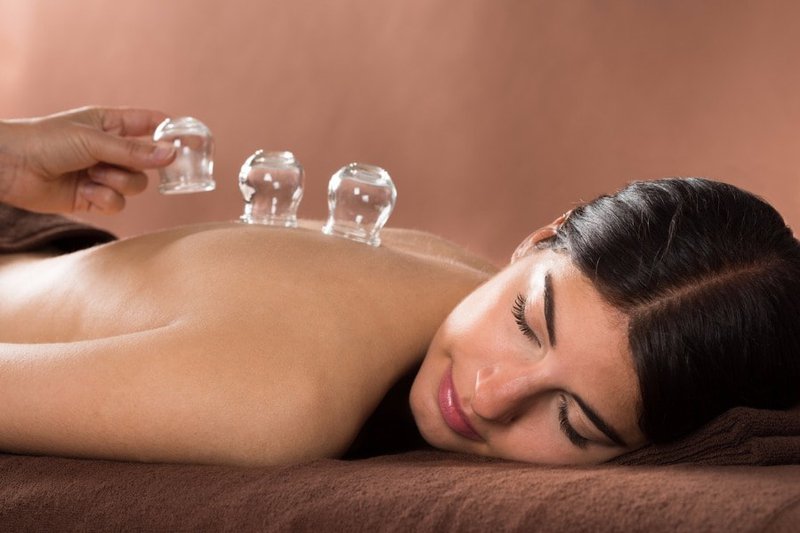Cupping: What does it do for your body?
Updated | By Olona Mbombo
Here's what you need to know about cupping.

Are you considering alternative methods to treat health-related problems? Cupping might be the thing for you.
Cupping is hundreds of years old, but many South Africans are yet to try this form of therapy.
It can help relieve back pain, stiff muscles, and sometimes even cellulite.
But what exactly is cupping?
During cupping, special cups are put on your skin to create a suction that uses pressure to pull the skin.
This not only helps loosen your skin, but more importantly, it improves blood circulation.
While cupping is not as common as other forms of massage or therapy, it is fast becoming the norm, and a number of places now offer the treatment.
We spoke to Tshepo Nkoe, who has been battling muscle aches, about a cupping session he underwent to find out more about this ancient therapy.
How did you find out about the ancient Thai method?
Actually, my first stop was at the doctor, you know, the conventional way of getting treated. When I explained to the doctor that I had painful back cramps and that I needed relief, he simply did an X-ray and prescribed pain killers. After that didn’t relieve me, I tried a physiotherapist who massaged me and confirmed that my bones were all intact. He prescribed pain killers too. I was getting really frustrated and hopeless until my former gym partner told me of this ancient Thai healthcare place in Sandton that he had gone to some time ago for a similar problem. I went over there and the rest is history.
So what turned out to be the actual issue?
It turned out that I had some blood clots around the region where I was experiencing the most aches. Imagine that! It was shocking to know that I was in potential danger from these blood clots, never mind the back pains that were caused by them. So that was the actual issue, I had a couple of blood clots. I would have never known if I hadn’t tried this Thai place.
Do you mind sharing what method was used to find and remove these blood clots?
Yes, there’s a method they call ‘Wet Cupping” that they used. Basically, what happens here is that the therapist places vacuum cups on identified areas of pain. The cups stay there for about three minutes. After the cups are removed they leave circles around those spots and then tiny cuts are made all around the circles. The vacuum cups are put back on the areas and that’s how some blood is slowly vacuumed to drain out blood clots. They found about five blood clots on three different areas of my back; on the exact areas where I used to feel the most muscle cramps.
Would you then say you’d recommend alternative medicine over conventional medicine?
Yes, but I’d say there’s a few points you need to be aware of when considering alternative medicine like the one I did. You need to consider: that the cost for alternative methods is usually more; the fact that there isn't any anesthetic used; and lastly, you will need to allocate about three to seven days for the processes to work properly. So I’d say yes, the results are long-term because the methods not only work to cure the problem but also to prevent it; your body’s balance is restored. That’s why I’d recommend the alternative, provided that the aforementioned points are considered.
How much does it cost?
I paid R1,500 for my session, and an extra R900 for medicine.
ALSO READ: Safe exercises you can do while pregnant
Have you ever tried cupping? Let us know in the comments section below.
Show's Stories
-
Proof that children mirror what they see adults doing
This kid tries to drink water like a tequila shot...
The Workzone with Alex Jay 1 year, 9 months ago -
If you fail your driver's exam, don't do what this man did
A man who failed his driver's exam decided to hire a 'body double' to at...
The Workzone with Alex Jay 1 year, 9 months ago